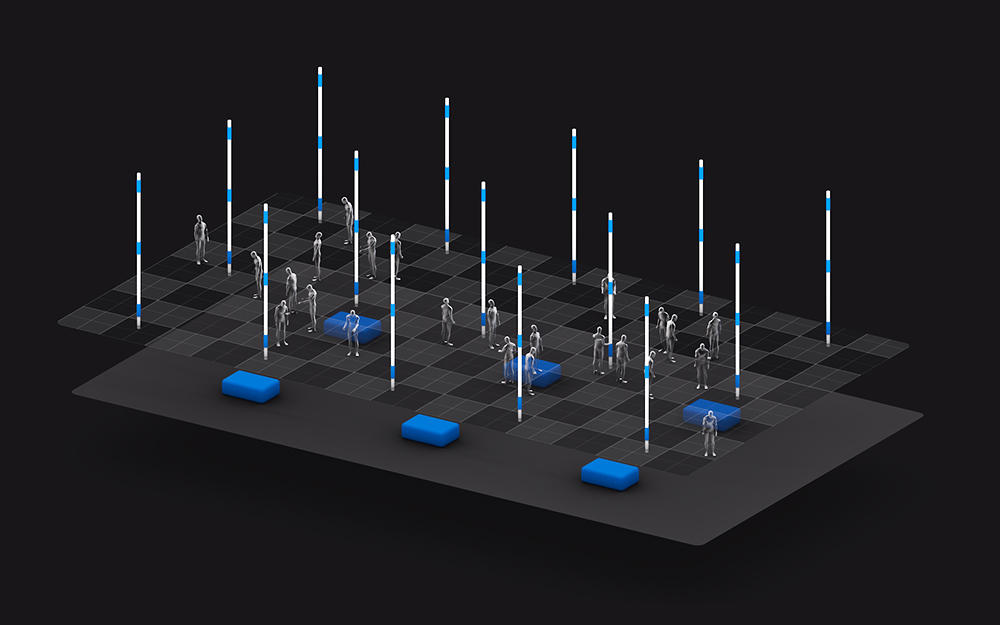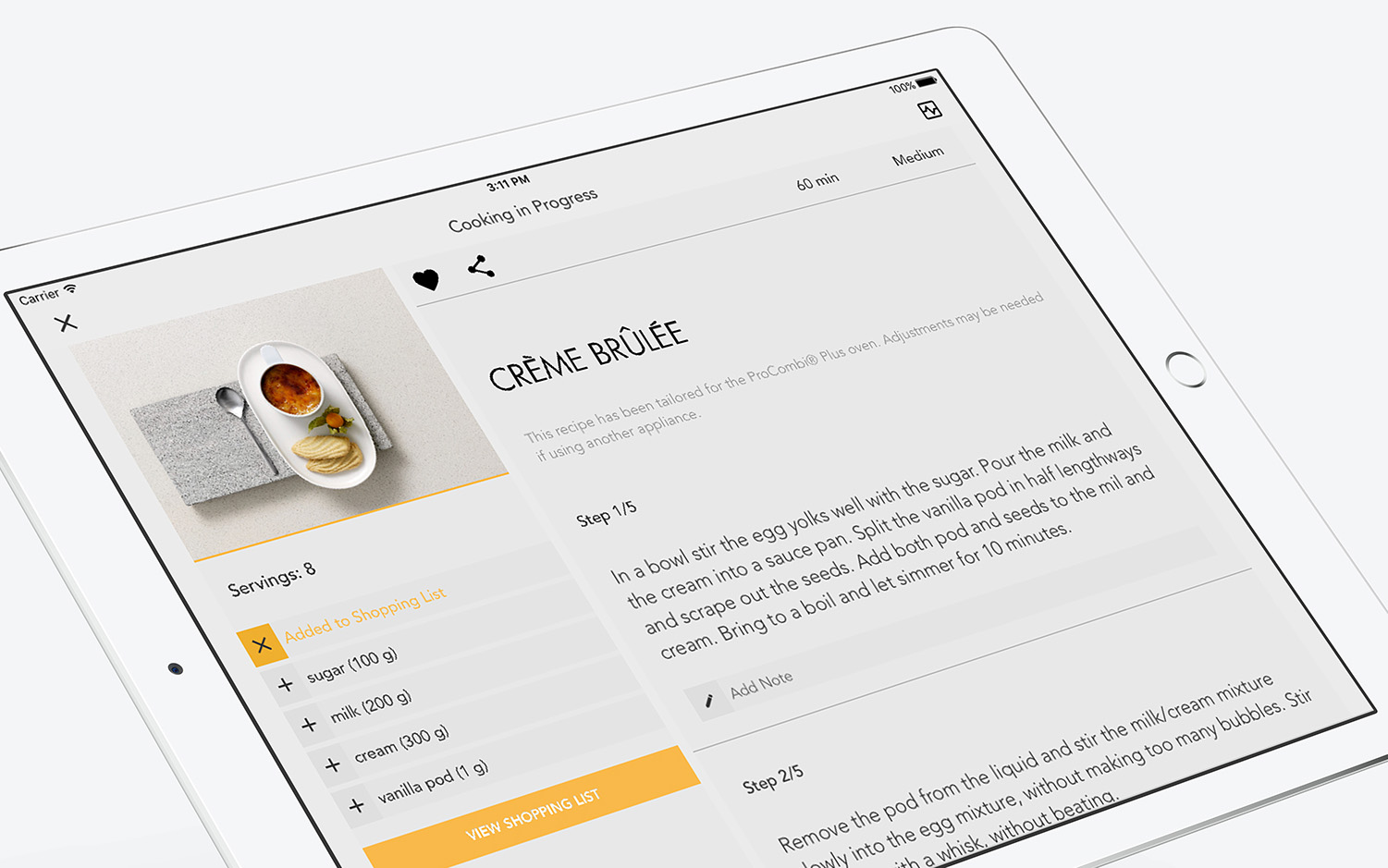Chlorophyll
DIY Synthesizer and Prototyping Toolbox
Concept, design, development and production: Filip Ruisl
Academic guidance: Ján Šicko, MediaLab at AFAD
Finished: June 2016
Since the start of my studies at Academy of Fine Arts and Design I have inclined to potentiating the visual world in my projects with the sonic and vice versa. In this project, I applied my skills as an interface, sound and media designer to create, program and build an tool that's versatile and allows me to prototype another instruments or tools. My BA project represents a different attempt upon creating a unique, expressive synthesizer, that accentuates the spontaneity and puts focus on expression itself.
Introduction
The idea behind Chlorophyll was to create a standalone synthesizer and an effect processing unit in one. I worked on CKCK in the semester before – now I wanted to dive deeper and create something more complex.
I also wanted to explore the relationship between a user (performer) and a device itself. I did a research on innovative note input methods, and afterwards I decided to avoid any conventional methods; I rather used sensors instead.


Sketches of various stages of the design.
Photosynthesis
I named my device Chlorophyll – it's the green pigment occuring naturally in plants and algae, for its ability to 'transform' light (well, solar energy, to be precise) in the process of photosynthesis to chemical energy. Of course it's a figure of speech, because the device is not powered by sun.
Chlorophyll uses various sensors to control the behaviour of the patch. These sensors use different spectrums of light: distance sensors use the IR spectrum to control the pitch and volume, photoresistors are influencing the FX chains based on the intensity of light they capture.


The Brain – Axoloti
The brain of the Chlorophyll synth is an open source programmable microcontroller called Axoloti, made by Johannes Taelman. It’s named after a magical creature called Axolotl – an amphibian, that’s known for its ability to regenerate limbs, jaws, spines, and even brains without any scarring.
Axoloti has its own dedicated programming enviroment, that allows to build interactive instruments and devices. Its exposed analog and digital pins let you incorporate sensors, displays, encoders or almost any other electronic component into the sound creation process. Possibly the most amazing thing about Axoloti is the fact that it’s completely modular, open source and co-developed by the community.


Patching environment of Axoloti. You build your desired instrument out of objects, (math, logic operators, sound generators, tables, sensors, dials and faders and so on) and when you're done, you upload the patch to the internal memory of Axoloti.
Front panel & Body
As soon as I've had the basic idea about how Chlorophyll should work and had it patched, I started designing the physical interface. This part of the process was the most time consuming – I've usually spotted the UX mistakes of the interface only after testing with actual exact layout I thought will work flawlessly before the testing.


Prototyping the interface with physical parts on laser-printed iterations of the interface, followed with the final version. Also testing different engraved dials for knobs.
I limited the amount of analog/digital pins to 15 as I didn't want to extend my board with additional ADCs/DACs, so I designed the panel only with the essential interface elements. Not all the attributes of the patch are therefore accessible from the front panel in real time. Rest of the elements can be tweaked on a computer (when it's plugged in via USB), or with a mapped MIDI controller (when using it stand-alone).
Different front panel layouts and cases .
The case is lasercut and engraved from a special, two-layer acrylic sheet. The bottom lid is held by four M3 bolts, but the box is firm enough for it to stay safe.
Overally, all the typographic elements on Chorophyll are set with a custom typeface I've designed specifically for its branding. The typeface is named after the two primary types of Chlorophyll – A with sharp edges and Chlorophyll B with smooth, slightly rounded edges.




Structure, content, interaction
Chlorophyll's main patch contains a number of subpatches. These represent the modules of the synthesizer. Each more complex module has its subpatch with exposed variables placed in the main, master patch. Creating dedicated subpactches for these modules increases the performance, and it's always more pleasant to work with tidy patches.
Character defines the core of the sound. A character is not just a single oscillator – every Character is a combination of several oscillators of different types to create a thicker layer. I can select from 12 types using the rotary switch. Also, it's possible to control the oscillators' pitch by the left Distance sensor, or a super-fine 10-turn potentiometer. In addition, each Character has a dedicated parameter, that can be adjusted with the knob (PWM, phase offset noise color etc).
External Input jack is used to connect the external audio source, so Chlorophyll can act as an FX processing unit. Axoloti's preamp can amplify the incoming audio, and the FX Send knob passes the signal to the FX Chain.
Modulation generators control different parameters of the Effect chains. They are driven either by three different photoresistors with different sensitivity to light, or potentiometers. The effects are usually a chain of a Reverb, Delay and Chorus / Flanger. Three dedicated LED's can reflect the current speed of an LFO, clock for the rhythm-based effects and so on.
Joystick in the lower right corner serves as a Filter. When it's in its neutral position, it lets the mid-range signal of the sound through the filter out. Moving the joystick up / down then sweeps through the frequency to be cut off; whilst moving left-right adjusts filters' resonances. Details on how filters work can be found here.
Volume of the Character is controlled either by the right Distance sensor or a potentiometer. This configuration allows to play the device using just your arms and hands – similarly to a Theremin.






















